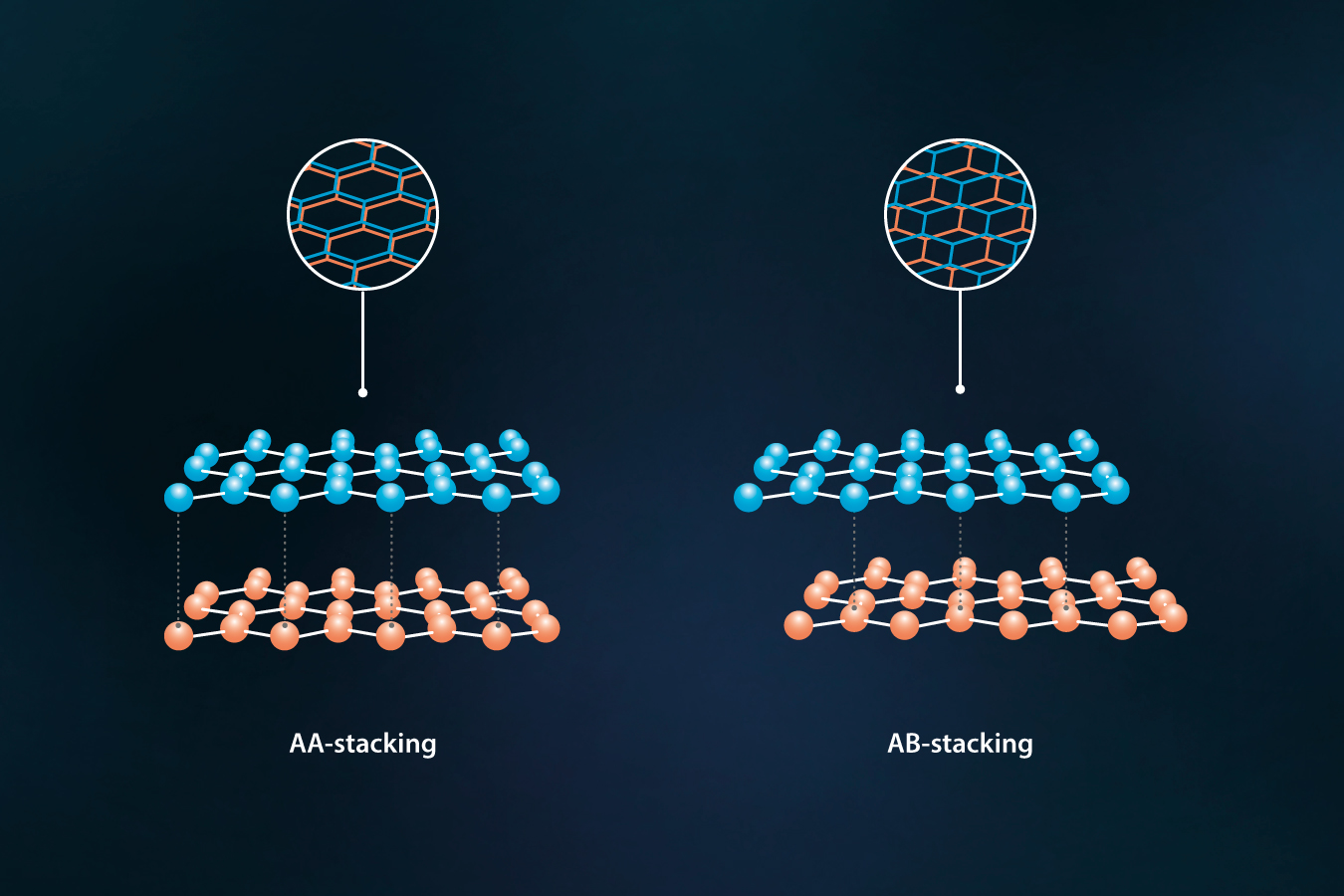
Scientists sort through bilayer graphene (17/01/2017)
An international team of scientists
has organized the available bibliographic data on bilayer graphene, a
high-potential material with possible applications in electronics and optics.
The review paper was published in Physics Reports.
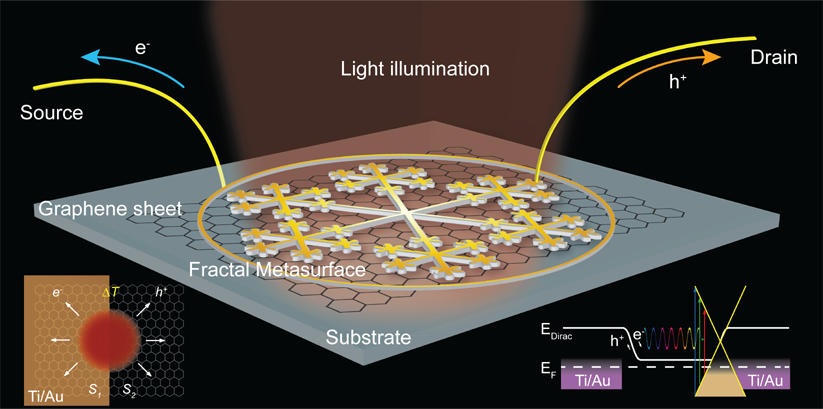
Graphene photodetector enhanced by fractal golden 'snowflake' (17/01/2017)
Researchers have found that a
snowflake-like fractal design, in which the same pattern repeats at smaller and
smaller scales, can increase graphene's inherently low optical absorption. The
results lead to graphene photodetectors with an order-of-magnitude increase in
photovoltage, along with ultrafast light detection and other advantages.
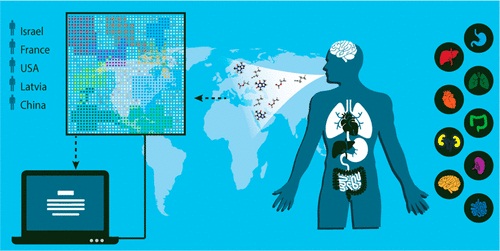
Nanoarray sniffs out and distinguishes multiple diseases (12/01/2017)
Before modern medical lab techniques became
available, doctors diagnosed some diseases by smelling a patient's breath.
Scientists have been working for years to develop analytical instruments that
can mimic this sniff-and-diagnose ability. Now, researchers report in the
journal ACS Nano that they have identified a unique
"breathprint" for each disease. Using this information, they have
designed a device that screens breath samples to classify and diagnose several
types of diseases.
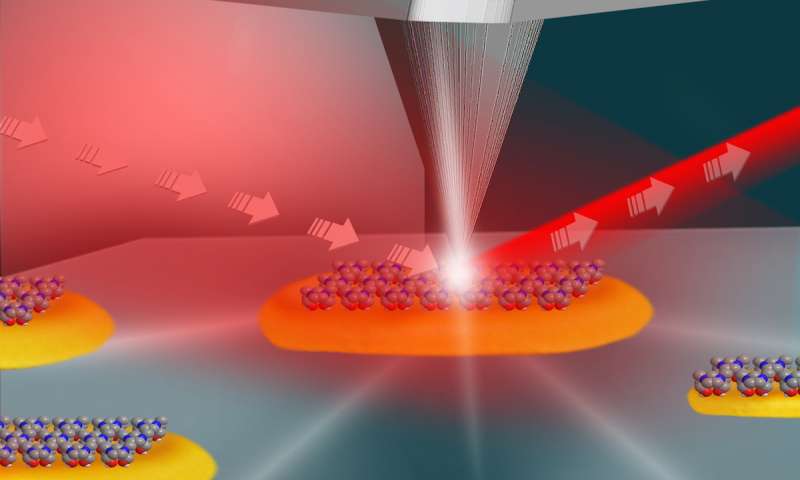
Experiments confirm that structural defects at the periphery are key in catalyst function (12/01/2017)
Defects
and jagged surfaces at the edges of nanosized platinum and gold particles are
key hot spots for chemical reactivity, a team of researchers working at the
Department of Energy's Lawrence Berkeley National Laboratory (Berkeley Lab) and
the Hebrew University of Jerusalem in Israel confirmed with a unique infrared
probe.
Semiconductor eyed for next-generation 'power electronics' (12/01/2017)
Researchers have demonstrated the high-performance potential of an experimental transistor made of a semiconductor called beta gallium oxide, which could bring new ultra-efficient switches for applications such as the power grid, military ships and aircraft.
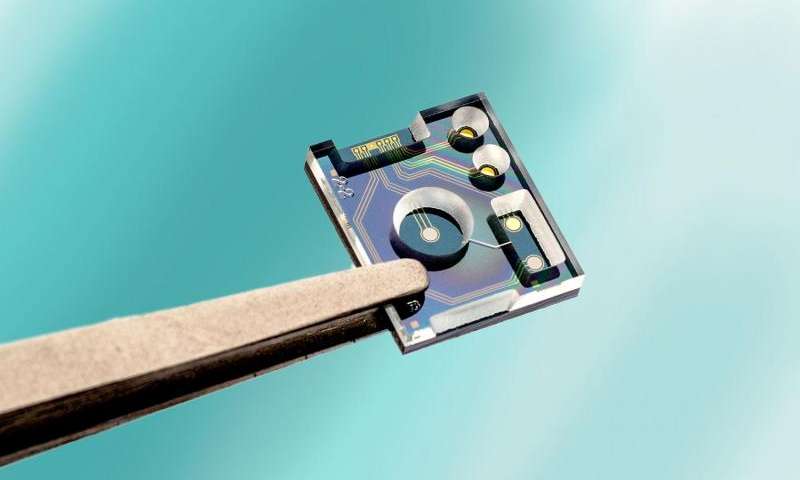
World's first solid-state multi-ion sensor for Internet of Things application (12/01/2017)
At last week's IEEE International
Electron Devices Meeting (IEDM) in San Francisco (USA), imec, the world-leading
research and innovation hub in nano-electronics and digital technology and
Holst Centre debuted a miniaturized sensor that simultaneously determines pH
and chloride (Cl-)levels in fluid. This innovation is a must have for accurate
long-term measurement of ion concentrations in applications such as
environmental monitoring, precision agriculture and diagnostics for
personalized healthcare. The sensor is an industry first and thanks to the SoC
(system on chip) integration it enables massive and cost-effective deployments
in Internet-of-Things (IoT) settings. Its innovative electrode design results
in a similar or better performance compared to today's standard equipment for
measuring single ion concentrations and allows for additional ion tests.
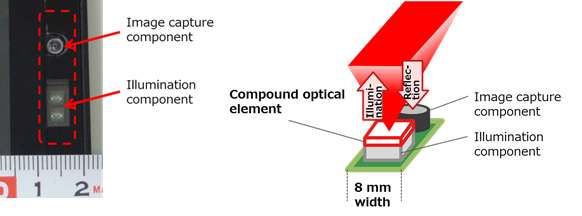
World's first slide-style vein authentication technology based on palm veins (12/01/2017)
Fujitsu Laboratories has announced
development of the world's first slide-style palm vein authentication
technology. This technology is compact enough to be equipped to future tablets
and other handheld mobile devices. As tablets and other small-scale mobile
devices have become widespread, there has been interest in embedding an optical
unit for vein authentication into the narrow frames of such devices, but making
the optical unit smaller had been difficult. Fujitsu Laboratories has now taken
strides to overcome this issue. It has succeeded in developing a compact
illumination component that lights up a rectangular target area with a uniform
intensity using a single LED.
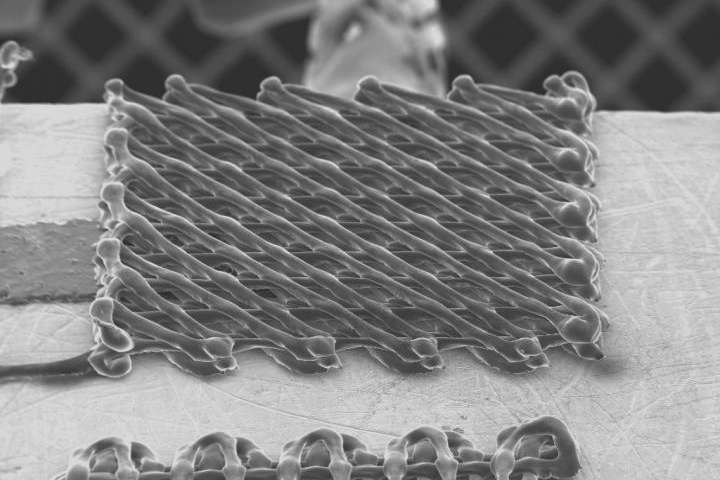
3-D printing and nanotechnology, a mighty alliance to detect toxic liquids (12/01/2017)
Carbon nanotubes have made headlines
in scientific journals for a long time, as has 3D printing. But when both
combine with the right polymer, in this case a thermoplastic, something special
occurs: electrical conductivity increases and makes it possible to monitor
liquids in real time. This is a huge success for Polytechnique Montréal.

New nanoparticle discovery may eliminate cold storage for some tests (12/01/2017)
Many diagnostic tests use antibodies
to help confirm a myriad of medical conditions, from Zika infections to heart
ailments and even some forms of cancer. Antibodies capture and help detect
proteins, enzymes, bacteria and viruses present in injuries and illnesses, and
must be kept at a constant low temperature to ensure their viability—often
requiring refrigeration powered by electricity. This can make diagnostic
testing in underdeveloped countries, disaster or remote areas and even war
zones extremely expensive and difficult.

Using polymers to control the organizational behavior of nanoparticles (12/01/2017)
In order to create new nanomaterial
technologies such as next-generation lighting, fundamental challenges
underpinning the science and engineering of nanoparticles must be resolved. For
example, many proposed technologies hinge on the organization of particles into
layers, called films, that have a precise microstructure. However, fabrication
of these films is a challenging feat to accomplish because it is difficult to
control the structure of nanoparticle assemblies on micrometer scales.









